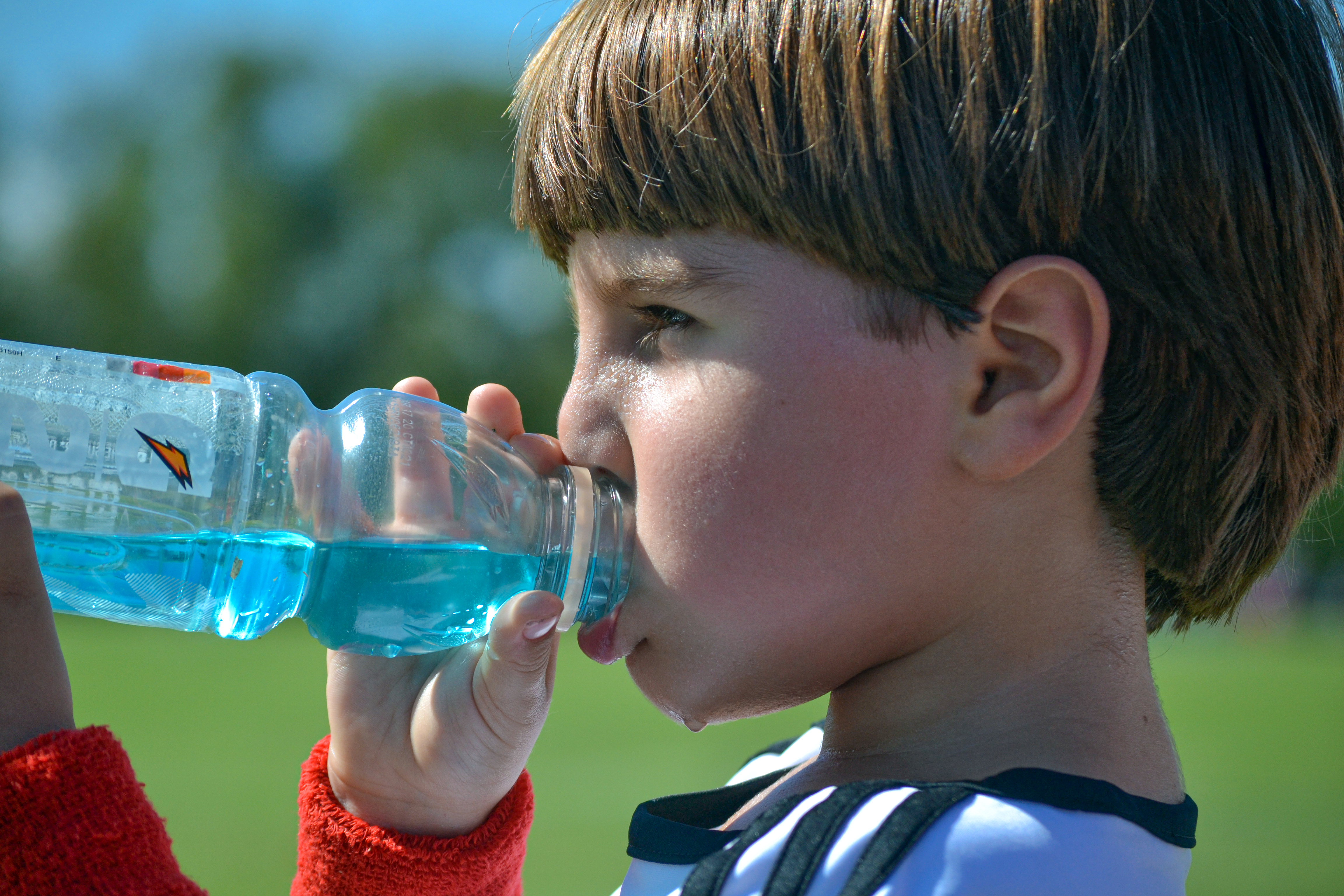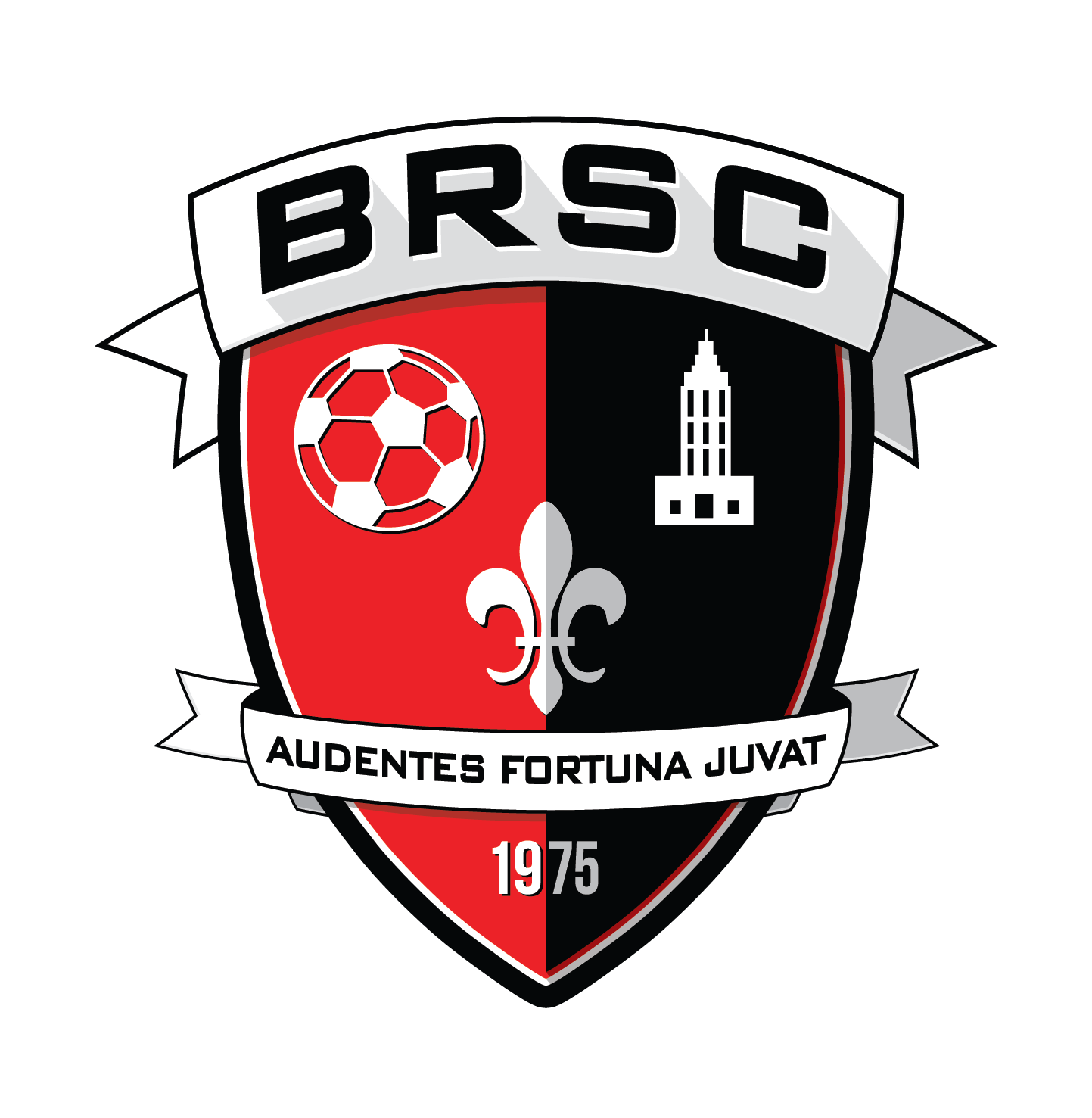Concussion Resources
Concussions are defined as a mild traumatic brain injury (MTBI) that alters the function of the brain. A MTBI can occur at any point during training or games as a direct force/blow to the head or body from contact with the ground, the ball, or another player that causes a force to be transmitted to the brain. If at any time a BRSC player suffers a blow to the head or body, they should be immediately removed from play and should not return to play until s/he is evaluated by an athletic trainer or other appropriate health care provider. If there is no health care professional present, and there is uncertainty about if the player has suffered a concussion, the player should be held out until an appropriate health care professional can evaluate them.
INITIAL EVALUATION / MANAGEMENT
BRSC requires its competitive coaches to complete HEADS UP to Youth Sports: Online Concussion Training. When a BRSC competitive program athlete is suspected of having sustained a concussion, they will be removed from play immediately, and evaluated by BRSC medical staff (e.g. athletic trainer and/or a physician, if available). A loss of consciousness is not necessary for the player to be concussed. The concussion evaluation can include an evaluation of cognitive status, memory, concentration, balance, proprioception, and more. Once the player has been evaluated and is diagnosed with a concussion by BRSC medical staff, he or she will not be permitted to return to play on the same day. A physician or other qualified healthcare provider must see all players who have been diagnosed with a concussion.
POST EVALUATION / MANAGEMENT
A general rule to follow with the management of concussion is to not participate in activities that exacerbate the symptoms experienced. Every concussion is different and every patient will recover differently. Once the BRSC player has returned to a baseline level of symptoms, or a physician/appropriate health care provider has deemed the player fit enough, the player will undergo post-injury testing. Once the athlete has been asymptomatic, they will be allowed to return to class/academic activities and/or work.
Once a physician or other approved healthcare provider has cleared the patient, they will go through a 5-step progressive return to play (RTP) process. The RTP will be individualized to each player. In general, the RTP increases in activity and difficulty as you move through each stage. Below is a general outline of what you could expect in the RTP process. Each RTP may be customized as the treating healthcare providers see appropriate.
STAGE 1
1. Low intensity cardiovascular activity
2. No resistance training
STAGE 2
1. No resistance training
STAGE 3
1. Soccer-specific workout
2. May begin low-intensity resistance training
STAGE 4
1. Non-contact practice
STAGE 5
1. Full practice
2. No heading the ball
There is no mandatory length of time that a player should be withheld from play/activity after suffering a concussion, or how long each step in the RTP protocol should take. Each decision is individualized to the player as they progress through the healing process and vary due to several factors including the nature of the injury, the player’s age, concussion history, and psychological status.
OTHER EDUCATIONAL DOCUMENTS
Need help looking for new shoes or cleats? Here are some things to look for.
Looking for more information about casts? Here is a short video with some information. Keep in mind, if you are in a cast and still want to play in BRSC competitive programming, reach out to our athletic trainer, Riley Proffer, on Healthy Roster. The injury should be reported on Healthy Roster and will need to have a clearance note from the treating physician in order to play. If cleared to play, Riley will be able to provide you with the necessary padding to protect other players on the field. This padding should be worn during all contact practices or events until the cast is removed.
How to use crutches.
How to apply an ankle brace.
How to apply shoulder sully.
Common injuries in soccer
• Concussion
• Contusion (Bruise)
• Anterior Cruciate Ligament (ACL)
• Meniscus
• Medial Tibial Stress Syndrome
• Patellar dislocations and instability
• Osgood-Schlatter Disease
• Ankle sprain
• Turf toe
• Lisfranc (midfoot) injury
• Plantar Fasciitis
Hydration
If you wait for thirst to be your warning sign of dehydration, you’re waiting too long. Studies show that if athletes delay hydration or rehydration based on their level of thirst, they underestimate how much fluid their body is lacking. In most cases, athletes only rehydrate up to 50% of what is considered safe in regards to heat illness.
Thirst is a way for your body to tell you that it requires fluid. Fluid is more than just water. It contains electrolytes that are a vital part of your body’s temperature control and muscle function. Sports drinks are a great way to provide an equal about of fluids with the appropriate electrolyte balance.

The simplest way to quantify how much fluid you have lost during training is to weigh yourself at home before practice and write your weight down. Once you’ve returned home and have changed into dry, clean clothes weigh yourself again and compare it to your weight before training. If you have gained weight, that is great! It means you have adequately rehydrated yourself. If you have lost weight, you need to drink 16 oz for every pound of weight you lost during training.
Up to 92% of the water we use for hydration is “hidden” in our food! Make sure you eat a healthy diet. This includes grains, fruits, vegetables, and meat/poultry/fish. Proper hydration is essential to give your body the proper fuel it needs to perform during training.
Nutrition
Carbohydrates are the most important source of energy for your body. The digestive system changes starches into glucose (blood sugar). The body uses this sugar as energy for your cells, tissues, and organs. Simple carbohydrates are sugars that are found naturally in foods such as fruits, vegetables, milk, and milk products. They also include sugars added during food processing called “empty calories” examples of these are soft drinks and candy bars. Complex carbohydrates are a more healthy option and are a good source of fiber. They include whole-grain bread and cereal, starchy vegetables, and legumes.
Protein is made up of 20 specific amino acids required by the body. Nine must be ingested by diet and are called essential amino acids. Eleven are produced by the body and are called non-essential amino acids. Muscle uses protein as an energy source in prolonged exercise. Complete proteins, which are the best sources of essential amino acids, can be found in the following foods, such as eggs, beef, poultry, pork, and dairy products such as milk, butter, and cheese.
Consuming fat provides energy for muscle contraction, insulation, and protection of vital organs such as kidneys and heart. Dietary fats can be acquired by eating foods such as beef, poultry, pork, dairy products such as milk, butter, and cheese. The healthiest source is from plant products such as nuts and plant oils.The body needs vitamins in small amounts.
Vitamins are classified as micronutrients. They serve to regulate biochemical reactions such as energy metabolism, cell and tissue generation, and antioxidants (protection of cells). Water-soluble vitamins have no consequence for taking too many, where fat soluble vitamins can be harmful if too many are consumed. They provide no caloric value. Athletes who eat a well-balanced diet will meet the recommendations.
Minerals must be absorbed regularly to ensure healthy body function. The best-known mineral is calcium. Certain groups of athletes may be at risk for consuming too few minerals and should be advised for supplementation. Minerals are easily obtained in dairy products. And like vitamins, eating a well- balanced diet will ensure that recommendations are met.
Warm-up (FIFA 11)
Baton Rouge Soccer Club recommends implementing the FIFA 11 warm-up for all teams 14 over. The FIFA 11 was developed by an international group of experts, and its effectiveness has been proven in countless studies to reduce injuries. The entire warm-up program includes three parts comprised of 15 exercises. There is a specified order to the program, and we encourage coaches to use it to start each training session. It is critical to use the proper technique. Pay close attention to posture and body control.
Part 1: Includes running exercises at a slow speed combined with active stretching and controlled partner contacts;
Part 2: Is comprised of six sets of activities, focusing on core and legs strength, balance, and plyometrics/agility, each with three levels of increasing difficulty;
Part 3: Focuses on running exercises at moderate/high speed combined with planting/cutting movements.
You can find more details on the FIFA 11 program in the links below.

